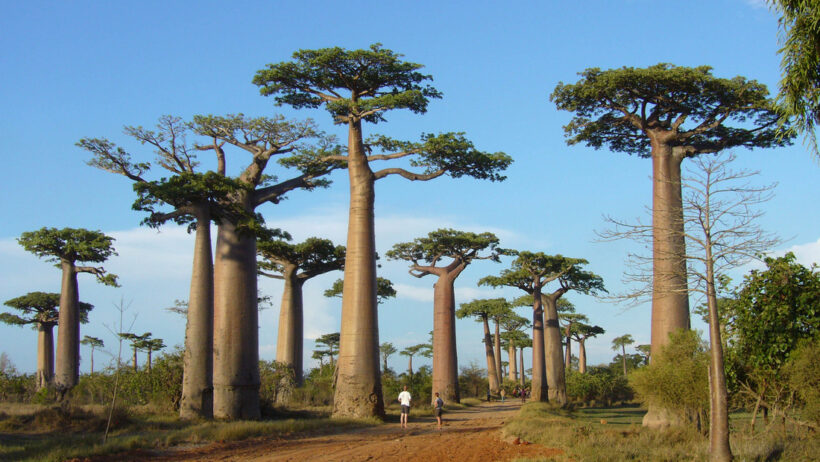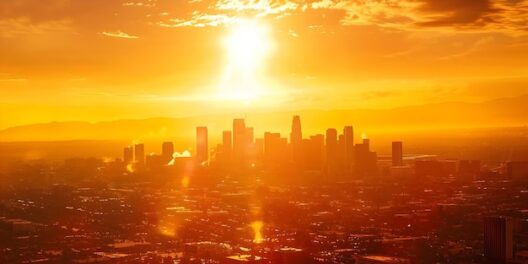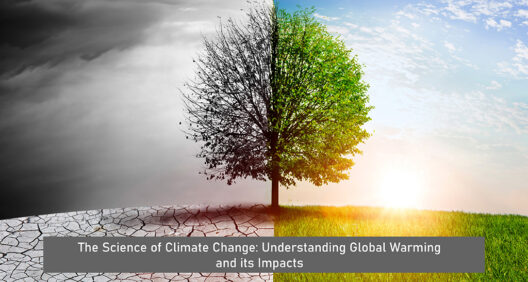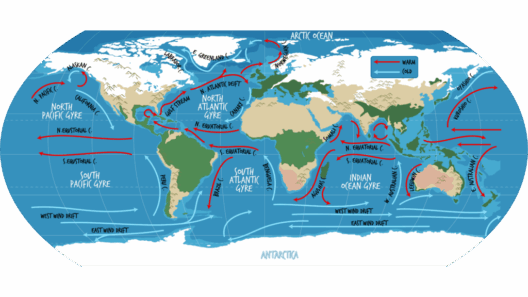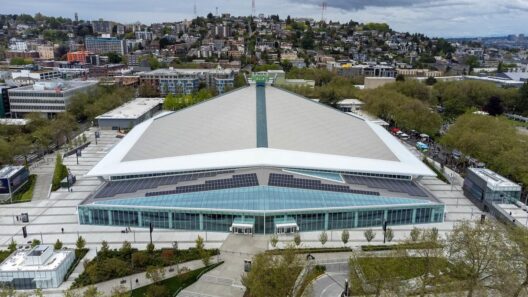The island of Madagascar, often celebrated for its unparalleled biodiversity, presents an intriguing climate adorned with seasonal variations that significantly influence its ecological tapestry. This region, situated in the vast expanse of the Indian Ocean, boasts a climate that oscillates between tropical, arid, and temperate zones, crafting a unique environment that fosters an incredible array of flora and fauna, most of which are endemic. Understanding the climatic nuances of Madagascar is essential not only for appreciating its natural beauty but also for confronting the challenges posed by climate change.
The island experiences two primary seasons: the wet season and the dry season. The dichotomy of these seasons defines much of the island’s ecological and agricultural practices. The wet season typically commences in November and extends until April, during which the island is bombarded by heavy rains. This period is marked by a surge of biological activity, as the verdant hills and expansive forests come alive, providing a vibrant backdrop to the diverse ecosystems found throughout the island.
Conversely, the dry season, which spans from May to October, offers a stark contrast. Rainfall diminishes dramatically, leading to drier conditions that influence the habitat and behaviors of both wildlife and human populations. During this interval, certain regions, particularly in the south, often experience drought. Such climatic variability underscores the island’s enchanting yet capricious nature, where environmental conditions can switch rapidly, impacting local livelihoods and biodiversity.
Geographically, Madagascar’s topography is a significant factor contributing to its diverse climate. The central highlands, reaching elevations of up to 2,600 meters (approximately 8,500 feet), experience a cooler climate compared to the coastal regions. In these highland areas, temperatures can plummet at night, showcasing how geographic elevation impacts climatic conditions. The eastern coast, characterized by its lush tropical rainforest, is subjected to the humid trade winds, resulting in a higher precipitation rate than the drier western regions. This geographic dichotomy has produced an astonishing variety of ecosystems, from rainforests rich with endemic species, such as lemurs and baobabs, to arid landscapes that host unique xerophytic flora.
A notable observation about Madagascar’s climate is its seasonal mystery, compelling scientists and environmentalists alike to explore the deeper implications of these patterns. Climate variability in Madagascar does not exist in a vacuum. The island’s intricate ecosystems and the livelihoods reliant on them are affected by broader climatic shifts and global warming. Rising temperatures and altered precipitation patterns threaten the delicate balance of biodiversity that defines Madagascar. For instance, the endemic species that rely on specific climatic conditions may face drastic consequences as their habitats alter or disappear.
Furthermore, the phenomenon of El Niño has demonstrated profound effects on Madagascar’s weather patterns, leading to fluctuations in rainfall and increased susceptibility to cyclones. This variability often results in severe consequences for agriculture, exacerbating food insecurity among local communities. The reliance on traditional subsistence farming makes populations vulnerable, highlighting the interconnectedness of climate, culture, and economy on the island.
The intricate dance of seasons not only reflects the natural adaptability of flora and fauna but also raises fundamental questions about human resilience in the face of climate change. Cultivating sustainable agricultural practices and employing innovative conservation strategies is paramount in addressing the looming threats posed by a changing climate. Engaging local communities in climate adaptation and conservation efforts is vital, ensuring that the preservation of Madagascar’s unique ecosystems becomes a shared responsibility.
In recent years, environmental organizations and local governments have initiated various programs focused on reforestation, sustainable land use, and conservation of endangered species. These endeavors aim to mitigate the effects of climate change and restore resilience to both the natural environment and human inhabitants of Madagascar. The efforts showcase a collective commitment to not only preserving the island’s biodiversity but also adapting to the environmental challenges that lie ahead.
Moreover, the fascination surrounding Madagascar’s climate extends beyond mere observational metrics; it embodies a complex interplay between nature and human existence. The seasonal shifts signify more than changes in weather; they evoke a deeper understanding of the intricate relationships between organisms and their habitat. The vibrant cultures of Madagascar, rich in folklore and traditions, are intertwined with the rhythms of the island’s climate, illustrating how each season shapes the lives of its inhabitants.
In summation, the climate of Madagascar—drenched in both mystery and majesty—profoundly shapes its ecological and cultural landscape. The interplay of wet and dry seasons, influenced by geographic factors and impacted by global climatic dynamics, reveals the complexities of an island that is both a sanctuary of biodiversity and a battleground for survival amidst changing environmental conditions. As we delve deeper into the heart of Madagascar, it becomes increasingly apparent that the preservation of this extraordinary island hinges upon a robust understanding of its climate, alongside a collective effort to combat the impending threats posed by climate change. Only through such enlightened stewardship can Madagascar continue to astonish the world with its rich ecological heritage for generations to come.



